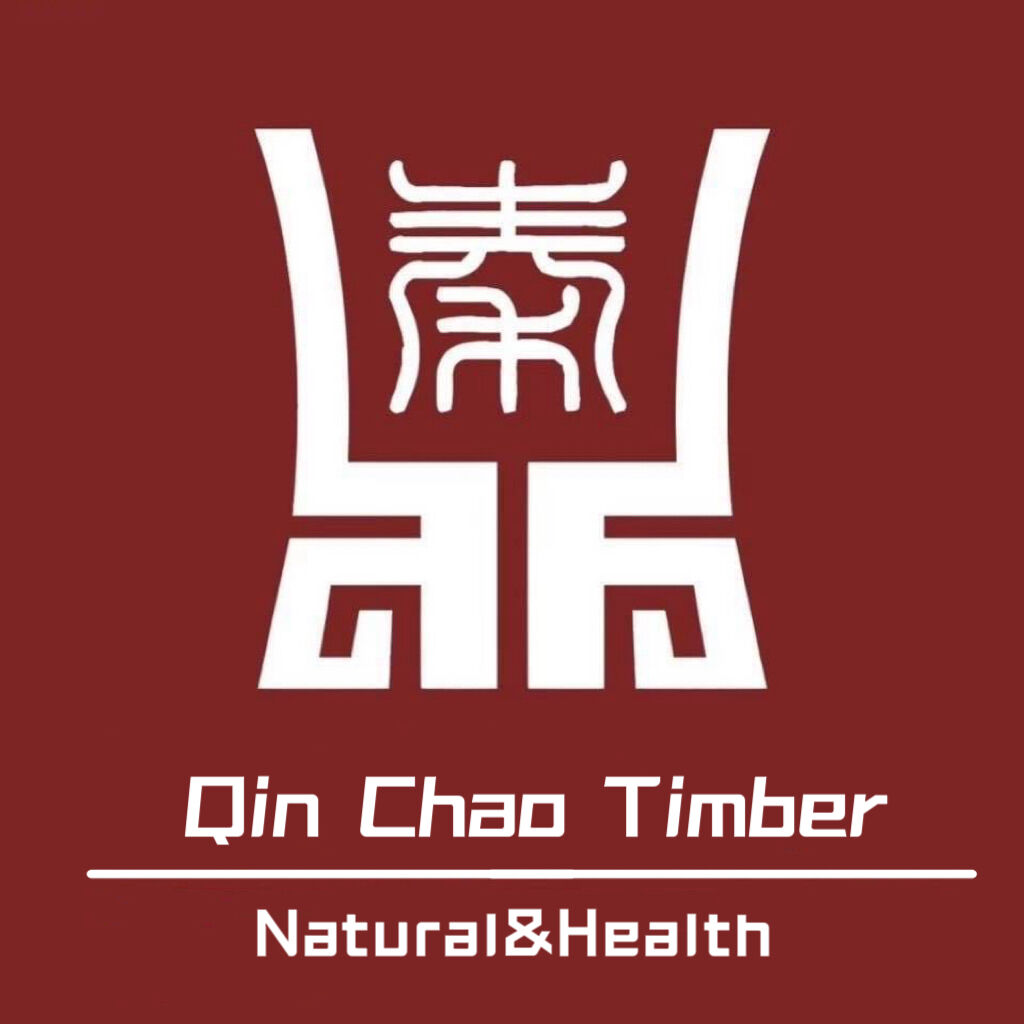The Rise of Carbonized Wood in Eco-Friendly Design
With the global shift towards more sustainable practices, carbonized wood has easily made a name for itself within eco-friendly design. This wood, now enhanced with modern technology, effortlessly integrates with nature making it stunning and durable. With carbonized wood now being the prime choice among builders and homeowners looking to embrace sustainability, it has become increasingly popular for both interior and exterior purposes.
A Historical Marvel Reinvented
Possibly the most popular technique that incorporates carbonized wood is Japan’s Yakisugi. It is the practice of burning wood in order to make rot and insect resistant protective layers. This not only increased the longevity of the wood, but gave it a unique, character adding, textured appearance that enhanced structures.
Modern technology has enhanced the carbonization process, making it more efficient. Most of these processes use thermal modification and torrefaction. In thermal modification, wood is heated in a controlled, oxygen-free environment to increase its stability and durability. Torrefaction refers to the further heating of wood which enhances the level of carbonization and also improves the wood's protective attributes. Due to these advancements, carbonized wood is no longer confined to its historical uses and can be shed as an adaptable material for modern design.
The green credentials of carbonized wood
The superior reason for using carbonized wood in eco friendly designs is for its sustainable benefits. Not only is carbonized wood a natural and renewable source, but its sourcing also comes from carefully controlled forests which ensures a sustainable supply of wood over time. Moreover, the energy consumed during the carbonization process is far less than the energy used in producing other construction materials.
Another notable advantage of carbonized wood is its durability. Its advanced burnt resistance allow it to withstand greater wear and tear, enabling it to last for years, or even decades, without regular servicing or replacement. Its strong durability lessens reliance on fresh wood which in turn, slows down deforestation and reduces negative impacts on nature. What’s more, carbonized wood promotes a circular economy since it can be recycled or composted after its useful life is over.
Superior Aesthetic Adaptable To every Design
Aside from its environmental benefits, carbonized wood adds great civilization value as its beauty is stunning. The charring process gives the wood a distinctive dark color which adds elegance and drama to any setting. No matter if burned wood is used as exterior siding, flooring or furniture, it will definitely provide great impact visually and will complement both modern and classical styled decors.
In addition to color, carbonized wood offers unique textures. The burned surface becomes a feature with caracterisics of tactile depth, interest, and beauty. Additional sanding, staining, or brushing can enhance this texture even more, providing designers the freedom to meet their unique project specifications. Carbonized wood can fulfill any design vision from simple and minimalist to rustic and organic.
Use Cases in Environmentally Responsible Design
The diversity of uses for carbonized wood in eco-friendly design is growing due to its versatility. In construction, carbonized wood is primarily used for exterior cladding which protects buildings from weather elements. The outdoor exposure to moisture and insect prone areas makes carbonized wood ideal for structures such as decks or fences, confirming its resilience against the harsh outdoor conditions.
Carbonized wood is typically used for flooring, wall paneling, and ceiling treatments. Carbonized wood gives a home a classic undertone. Its natural beauty and unique patterns also enable carbonized wood to be used to create accent walls and points of interest. It is also used for tables, chairs, and cabinets. This allows a hint of nature to be added into a modern home.
The new techniques for treating wood employs advanced methods that use a deep burning approach which peels wood’s preservatives to make it more aesthetically pleasing. Due to the heightened prioritization of sustainability, carbonized wood seems to promise a very bright future.
The exploration of woods continues to be an area of interest to further methods of utilizing it. For instance, scientists tried to make fire resistant carbonized wood more appealing for construction use by improving its fire resistance properties. Studying these properties more increases the usefulness of the carbonized wood in Insulating buildings.
Additionally, the little understanding consumers have at the moment to make a purchasing decision broadens the market of carbonized woods. Designers and business are further motivated to harness the power of their imagination greatly due to its appealing value which helps accelerate development using carbonized wood into different structures.
In summary, design and beauty value principles of carbonized wood strengthen sustainable eco-design, demonstrating how carbonized wood will be used in the future.


 Products
Products